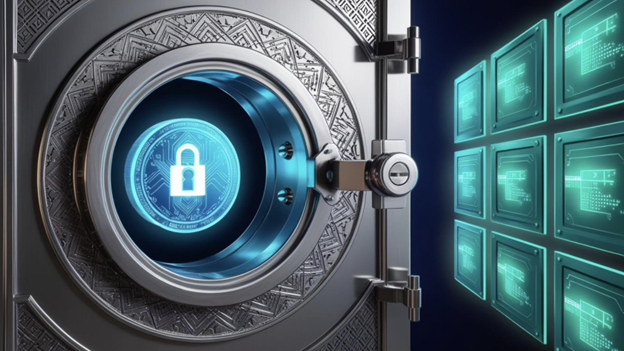Stablecoins, particularly fiat-backed stablecoins such as USDC and USDT, are emerging as a critical bridge between traditional finance and the digital asset ecosystem. Unlike highly volatile cryptocurrencies, these stablecoins maintain a steady value by being backed 1:1 by fiat currency reserves—most commonly the US dollar—held in segregated accounts with regulated financial institutions. This structure provides stability and predictability, making them increasingly attractive for payments, remittances, and settlement functions. Their role is not only to offer a digital alternative to traditional money but also to improve efficiency in cross-border transactions, lower costs, and enhance access to the global financial system.
However, as fiat-backed stable coins scale, they raise important considerations for financial stability and regulatory oversight. Questions about reserve transparency, audit reliability, and operational resilience have drawn scrutiny, particularly after past controversies over disclosures.

Regulatory initiatives such as the European Union’s Markets in Crypto-Assets (MiCA) framework and proposed legislation in the US—such as the Stablecoin TRUST Act—aim to establish clear rules on reserve composition, custody, and redemption rights. These measures are designed to minimize risks associated with issuer insolvency or reserve mismanagement, ensuring that stablecoins function reliably as a form of digital money.

For Saudi Arabia, stablecoins present a promising opportunity within the context of Vision 2030 and the nation’s broader digital transformation goals. They can facilitate faster, lower-cost cross-border payments and support the development of a more inclusive financial ecosystem. Importantly, fiat-backed stablecoins do not inherently pose challenges under Islamic finance principles, provided their underlying reserves and operations are transparent and free from riba (interest) and gharar (excessive uncertainty). Some models even propose backing stablecoins with Sharia-compliant assets to further align with Islamic ethical standards, although many experts view fiat-backed designs as already meeting key compliance thresholds when properly structured.
At a macroeconomic level, the increasing use of fiat-backed stablecoins—especially those pegged to major foreign currencies like the US dollar—may have implications for domestic monetary policy and currency sovereignty. While stablecoins can enhance efficiency and financial inclusion, policymakers will need to monitor how their widespread adoption affects demand for local currency, capital flows, and the effectiveness of monetary tools. Central banks around the world are exploring ways to integrate stablecoins within a regulated framework, ensuring that these innovations complement rather than disrupt traditional financial systems.
In conclusion, fiat-backed stablecoins have moved beyond their experimental phase and are now part of mainstream discussions on modernizing finance. Their potential to enhance financial stability lies in their ability to offer a secure, efficient, and scalable digital alternative to traditional money—provided regulatory clarity, transparency, and operational integrity are maintained.






